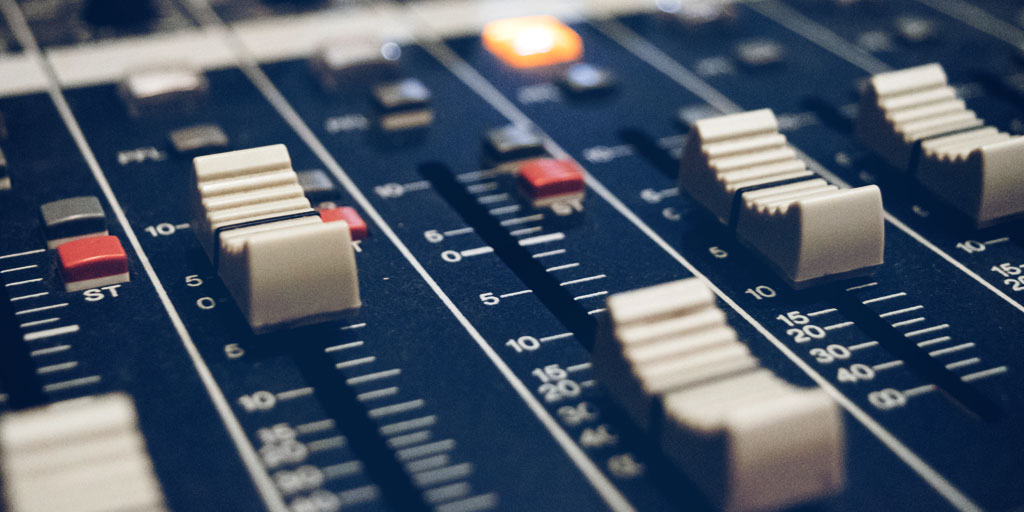Mixing and Mastering Terms

In the world of music and sound engineering, there are a number of terms used to describe sounds, songs or musical sensations. These terms and adjectives are used in everyday life to refer to totally different things, but in music they have very concrete meanings and here we are going to specify them.
It should be noted that these terms are born from the use that engineers, technicians and music producers have been giving over time and many of them have become common to all professionals. Most of them refer to sound mixing and how it sounds.
- Boomy.
Refers to the explosiveness of a sound and usually has an effect on the lower frequencies. Unlike a full-bodied sound, an explosive bass can overload the speakers because they do not reproduce as many bass frequencies and this affects the rest of the frequencies in the track. The best solution is to use a high-pass filter that cuts off that frequency spectrum that our speakers cannot reproduce.
- Muddy.
Muddy literally means muddy or cloudy and refers to the sound or music, it refers to a specific situation where several sounds occupy the same frequency space, especially in the low-mid range.
In these cases the mix loses clarity and there is no space between the elements of the song. The solution is to avoid the sounds of those frequencies that are not important for our song. In many cases, the bass drum and bass work in this space and we must move them down a bit to leave the mid range of frequencies to other instruments.
- Boxy.
It happens when the sound loses depth and details, for example when a sound mixing is flat, anodyne. The problem comes from the lack of highs and lows in the track, when the predominant frequency range is the middle and we have nothing from the extremes.
A good mix oscillates and has dynamics within the whole frequency spectrum, this is what gives it quality and makes it interesting. That’s why high and low frequencies are so important.
- Warm.
The warmth of a track is one of the most sought-after characteristics when mixing songs. Unmodified high frequencies that have a harmonic distortion in themselves are the main causes of a song sounding warm. In voices and other instruments, this quality is attributed to analog equipment such as tube compressors.
Acustica Audio plugins are a good example of how to add warmth to a mix without the need for analog equipment, simply by filtering out the high frequencies and saturating them carefully.
- Harsh.
The medium-high section of frequencies and an excessive presence of them in the mix causes the ears to get tired of that sound and it becomes somewhat aggressive.
When equalizing we must be especially careful with these frequencies (3-5 KHz), without accentuating them too much so as not to tire the listener. Microphones also affect this kind of sounds, so it is very important to know which ones to use and not to stop planning a good distribution of microphones.
- Depth.
We know that in every song there is a virtual space that we imagine when we listen to it and that space is built by the sound technician from the moment he places the microphones until he equalizes the sound and mixes the instruments.
The depth of a track is a very important point to work on in order to make the song more interesting and draw the listener’s attention.
Creating new spaces and separating the instruments is a good way to achieve depth, either by placing the mics in the studio or by correctly equalizing them to place them in the sound space, and then making the sound mixing.
También te puede interesar
